|
tRS
|
LEVEL MAPS:
|||||
SYSTEMS:
|||||
CHARACTERS:
|||||
SCENARIO PROGRESSIONS:
|||||
CUTSCENES: ||||| WRAPPING/POLISHING:
||||| |
Quantum Leap+Doctor Who+Doctor Strange+Sliders+Mememto in VR
You awaken adrift between dimensions,
and you must explore numerous unqiue realms, each with a
unique experience and set of problems in need
of solving, if you want to find your way home.
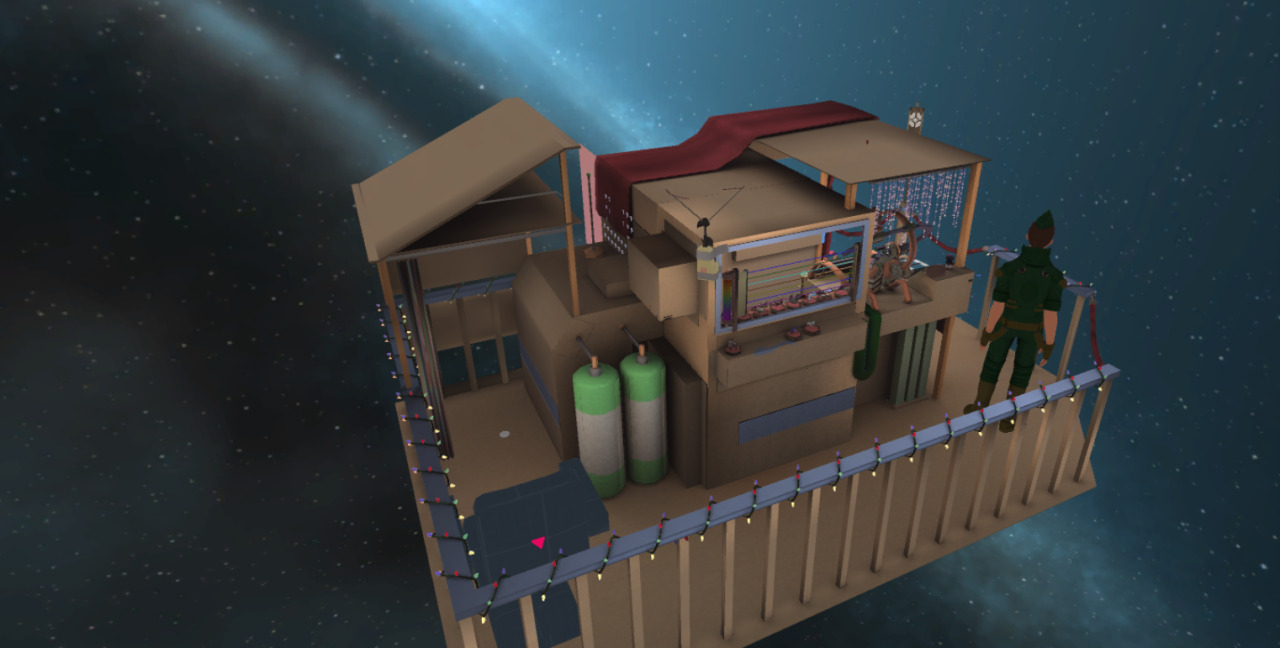
About 3 years of casual development has
gone into this experience (October 2014 - June
2018), and this game and
NotSS take place in the same narrative
universe (almost all of my stories do), and eventually the goal is to finish
this as well, though production focus has
shifted to NotSS for now for a couple of
reasons.
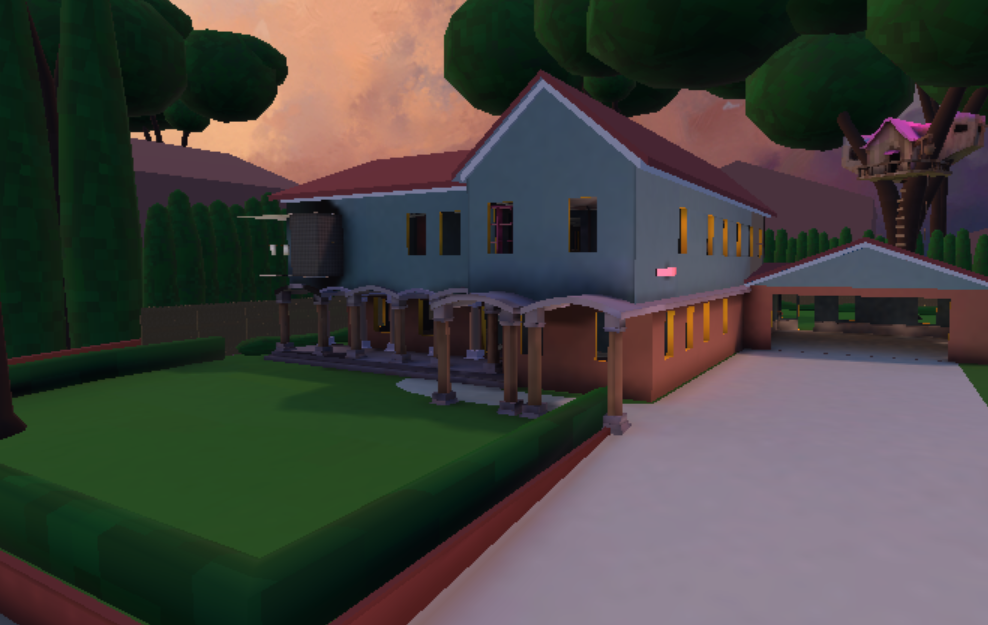
The friction of developing using a VR
headset every day meant I tended to avoid work
more often. This is exacerbated by the way
Oculus spams your desktop with their store page
every time you turn on the headset, and it HAS
to stay in your taskbar or you can't use the
headset. Which pisses me off every time and
puts me in a bad mood unsuitable for creative
stamina. Like I said; friction. The other big
aspect is that my computer is not technically
good enough to run VR, which means my frame
rates can get lower than is ideal for
development, bumming me out and making me
nauseated. I DO, however, still sculpt the
landcapes for my games first in Oculus Medium
because there's nothing else quite like having
such a child-like lego sandbox available in terms of creativity
with instant feedback.

In addition to the extra friction of
developing in VR, the visceral power of VR can
put your focus in specific areas and make you
think an experience is more substantive than it
really is, which bogs down development. tRS is largely environment porn at
this point with little gameplay "drive" to back it up,
and I could release it TOMORROW as a "walk
around these cool environments" VR experience. That
immersion is very important but not enough on
its own to remain compelling for long. And
because it's in VR, 3D modeling needs to be
more precise and detailed than when working on
regular 2D 3D games, and shaders need to be
more tailored.
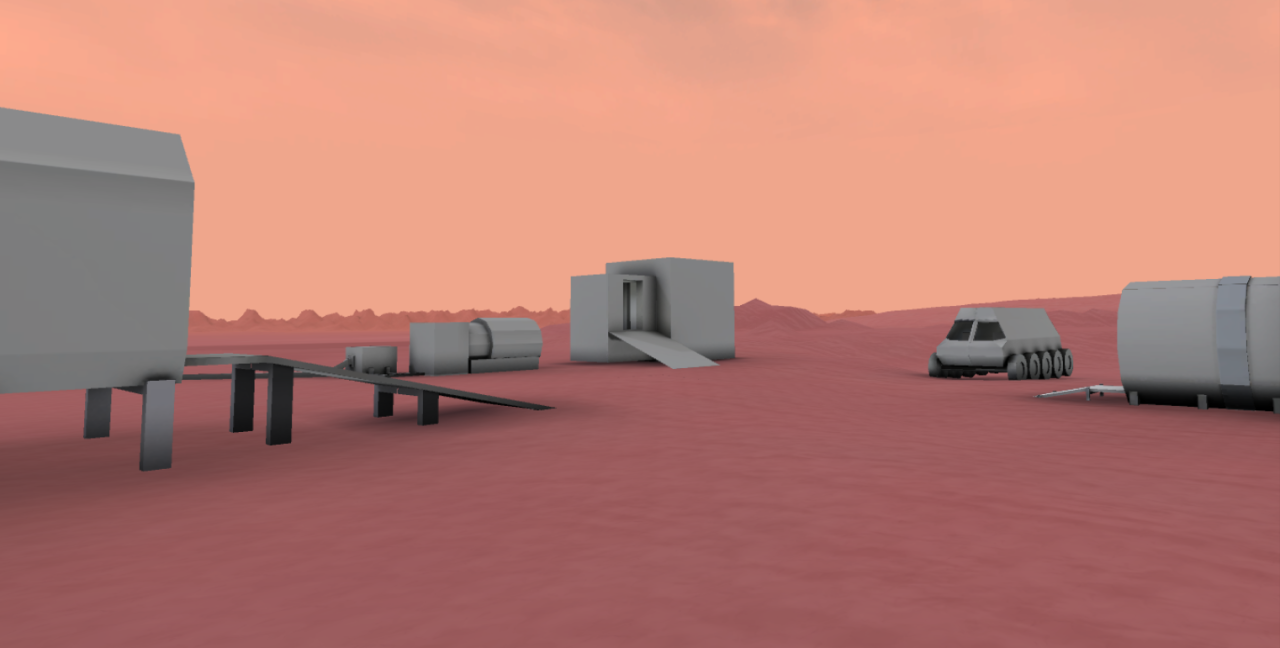
So these are some of the
reasons developing in 2D (I mean, NON-VR 3D) (but planning for VR
and modeling things to scale to begin with) has
been handy for me. It's always something I
consider - ensuring adding VR support will be
easy - amd that creates interesting development
challenges. For example: how do you do cut
scenes in VR? You could do the "stay in
first-person and have Half Life 2-style cut
scenes" thing, but what if I want crane shots
and sweeping camera movements? How do you do
that in VR without guaranteeing sickness? In
Resident Evil 7, they just slap the cut scenes
onto a 2d virtual monitor in front of you. I
don't like that, either. Solving these
challenges adds an extra layer to development
when I need to be focused on getting the core
game experience solid. Incidentally, No Man's
Sky is probably one of the best VR experiences
out there because they focused on making a
solid and full game first before adding the VR
Layer, so if the first time you play that game
is in VR, you will be TOTALLY blown away.
(Until the limitations of the game design itself
become apparent, but that's a separate issue.)

It's also just
really smart to ensure people without VR, and
even without a gamepad, can comfortably play
the game (without friction). Making sure it
works well WITHOUT VR and is fun and
satisfying will make it even more amazing when
VR support is added.
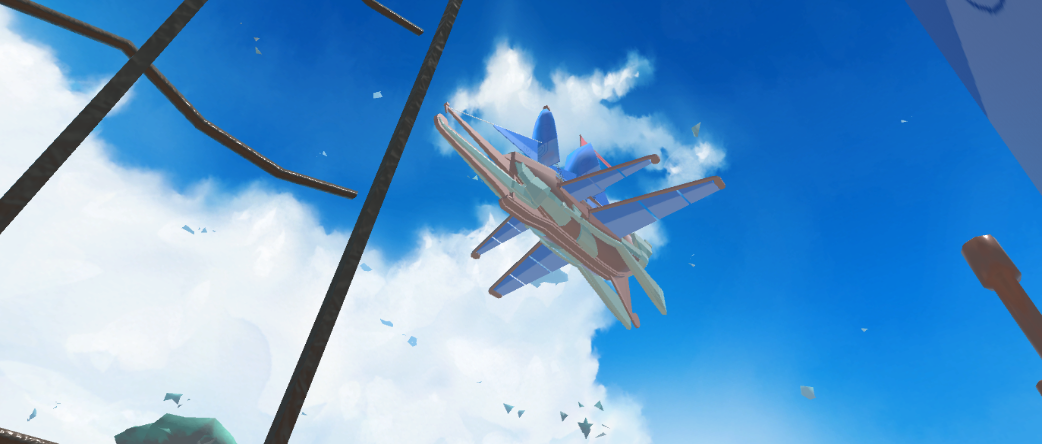
Once I realized I can develop most gameplay
systems without using VR and can integrate the
VR later, NotSS became a perfect candidate for
this since the goal is to have a gameplay
scripting system that serves most of my needs
for any further games. The other big reason is
that NotSS is a more coherent experience that
feels more "driven" than the more ambient,
experimental tRS. Whereas NotSS is a singular
experience, tRS is actually about 45 unique
short game scenarios and is a larger
undertaking because its needs, characters, and
stories are more varied.
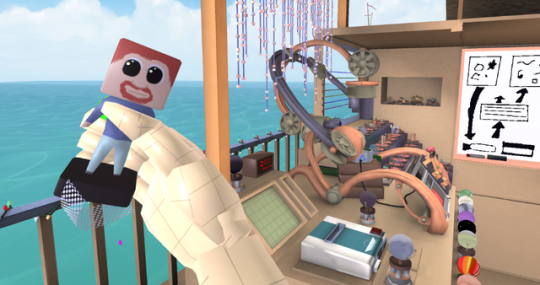
tRS's varied experiences are a result of my
needing to jump around to avoid getting bored
with any particular scenario and are a way for
me to explore and uncover my ideal game genres
and mechanics. NotSS is the result of that
experimentation, and I can tell I'm on the
right trick because I almost NEVER get burnt
out on creating NotSS, and it's designed such
that when I get sick of 3d modeling, I can work
on Playmaker scripting, or I can develop
characters or dialogue. NotSS is EXACTLY the
kind of game I wish existed but doesn't. There's always
SOMETHING I'm excited to work on, some problem
I'm excited to solve.
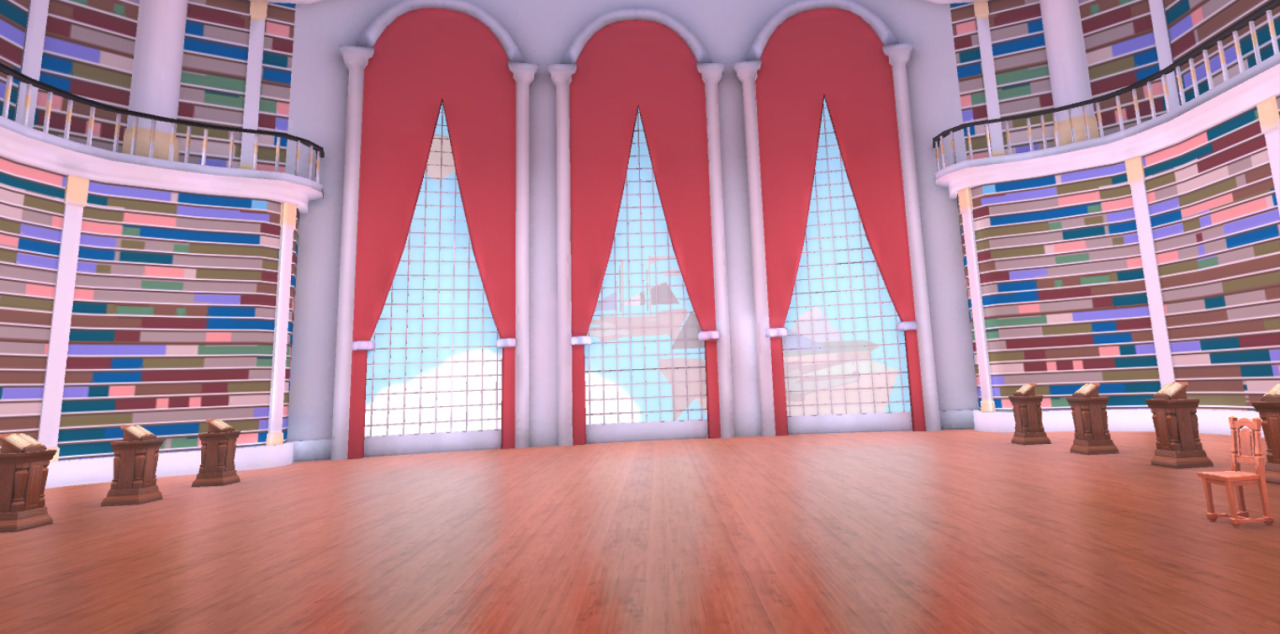
Overall the idea of
playing a finished NotSS is insanely exciting
and more
compelling than the idea of playing a finished
tRS, though the goal is definitely to finish
both. One interesting side effect of
formulating and coagulating NotSS, is that
there are now many things tRS does not NEED to
be anymore. I've actually taken a few scenarios
from tRS and used them in NotSS, where they fit
perfectly. This makes tRS less guided, and I'm
still occasionally trying to find a new angle
to make tRS exciting for me again. It will be
finished in some form, but perhaps not in the
current form. It could possibly become a VRE
(virtual reality experience) anthology, though I do like the core story I
developed to tie all the scenarios together,
and I want to do something with that, too.

The big difference between NotSS
and tRS is that tRS would be an amazing virtual
reality game. NotSS, if I can pull it off, will
be a revolutionary video game unlike anything
I've ever played that has the potential to
shift the way many game mechanics are developed
for games, while simultanously hitting the
sweet spot in several under-saturated game
genres. (I really want another Earthbound and
another Majora's Mask, so why not combine
them?) If I can pull it off, that is. For now I
just work hard each day. Like a tortoise.
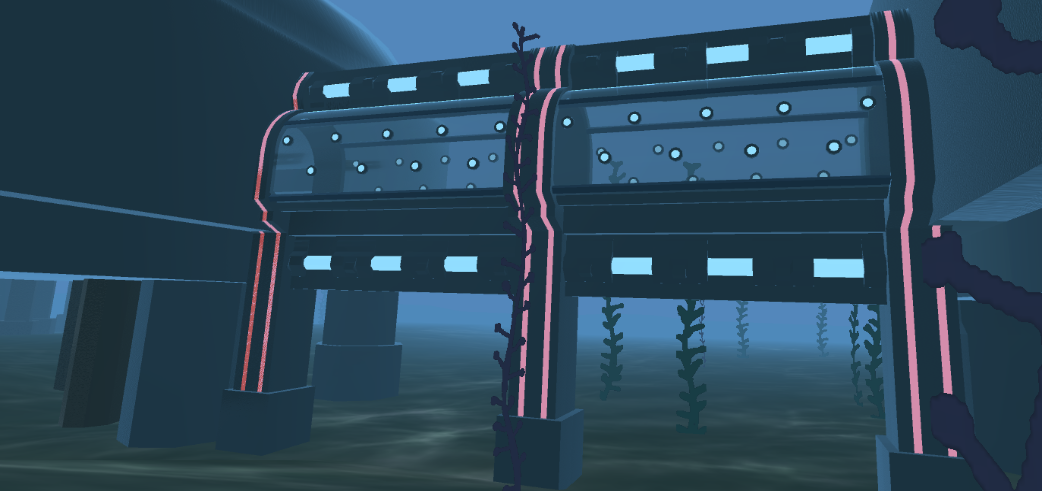
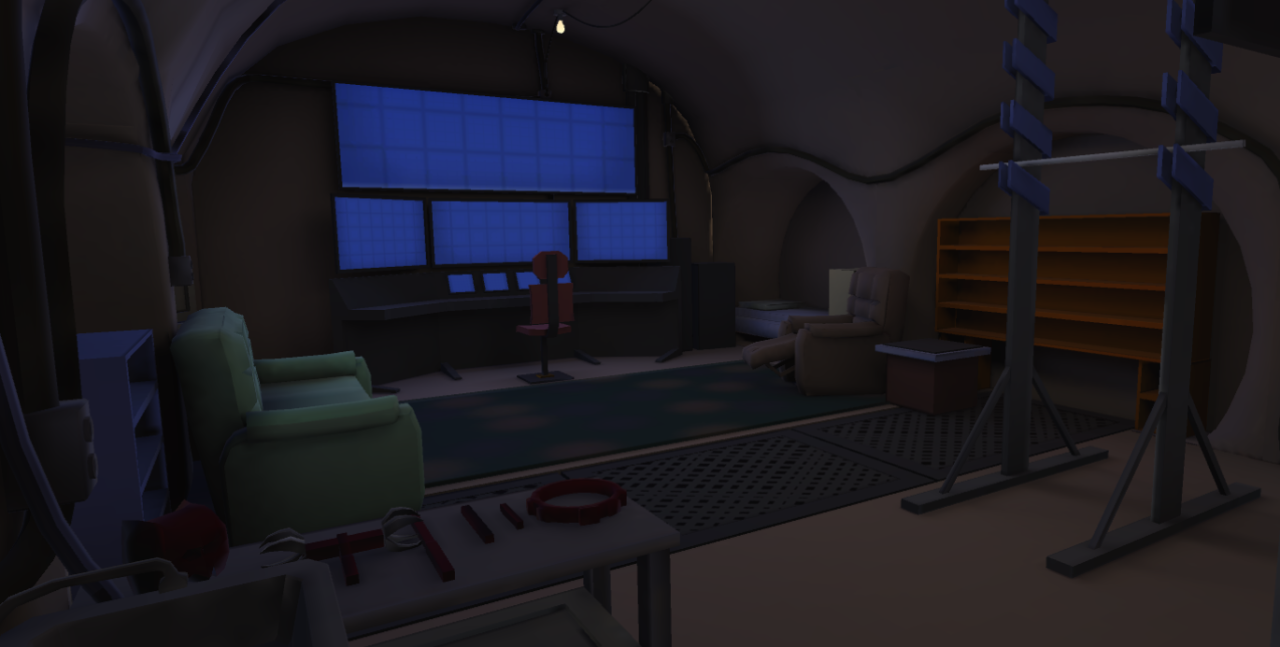
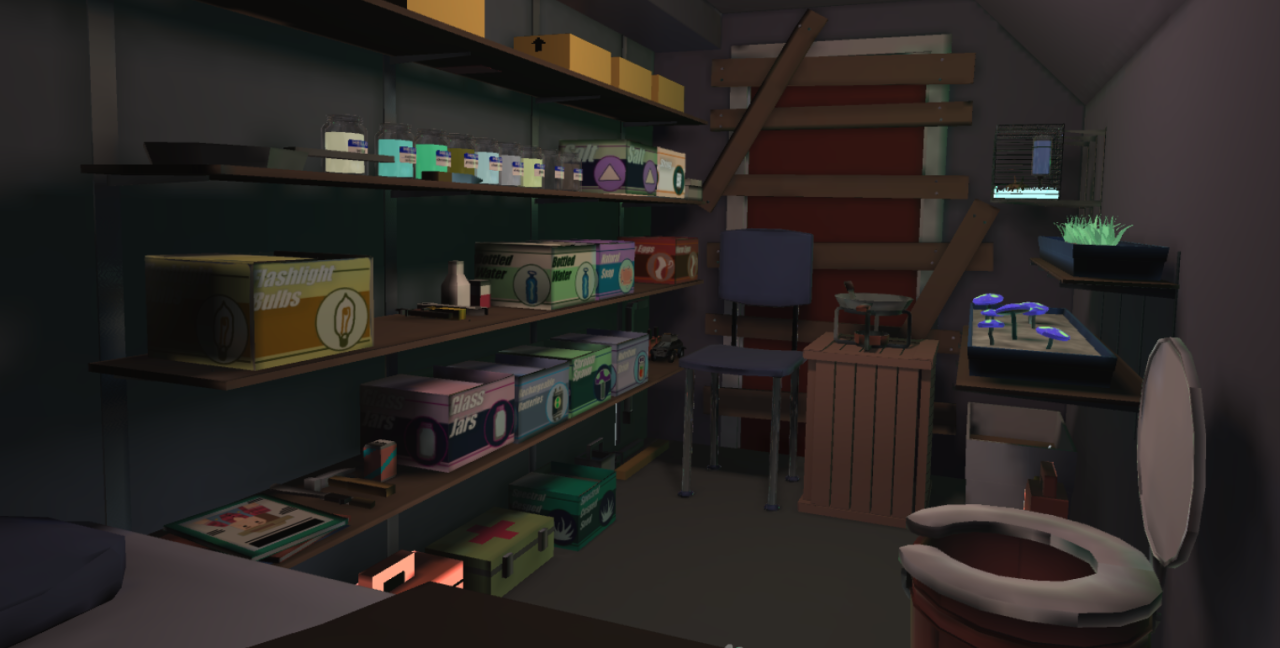
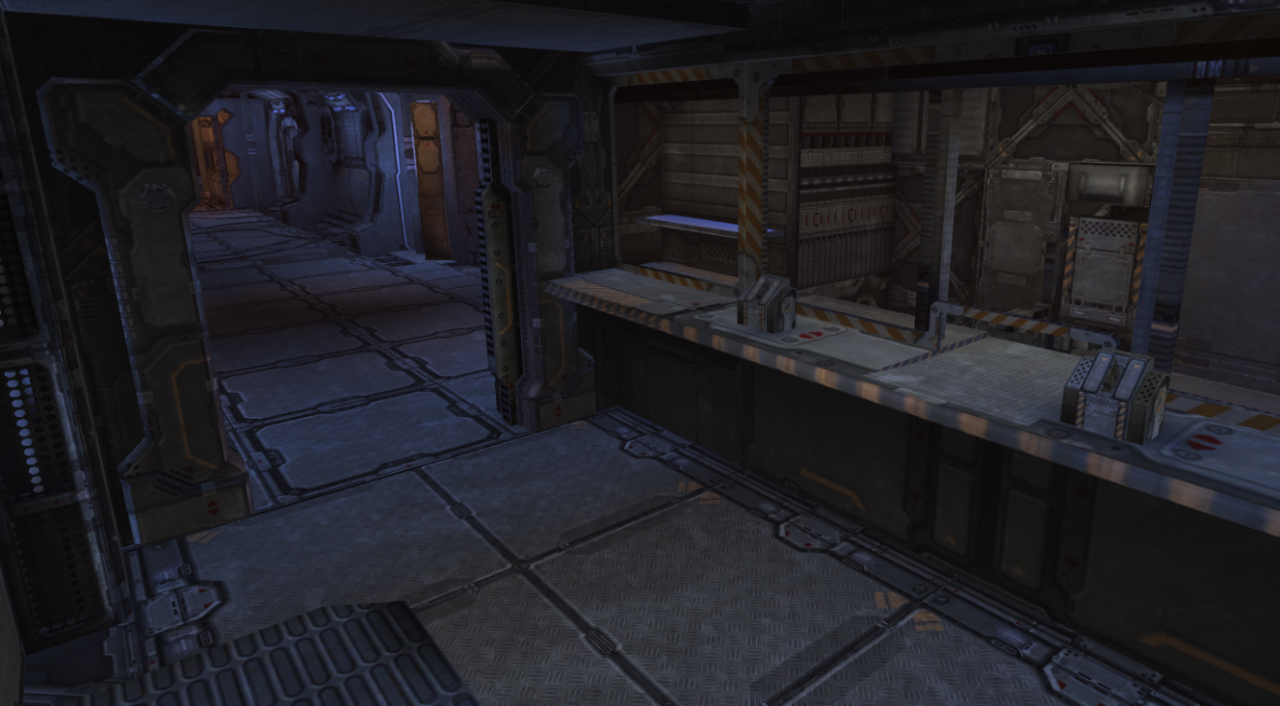
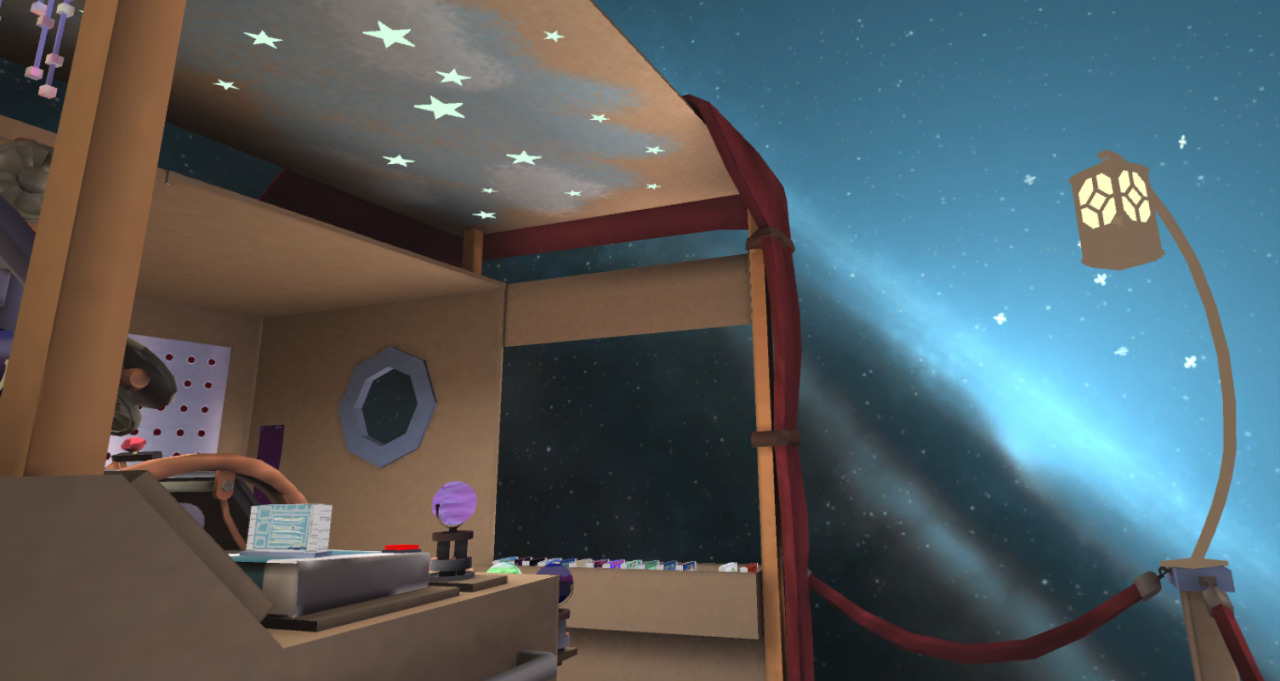
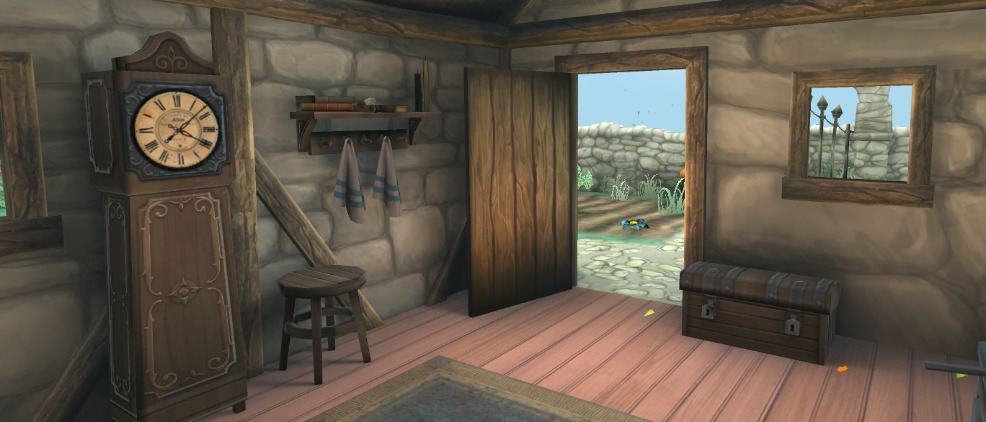
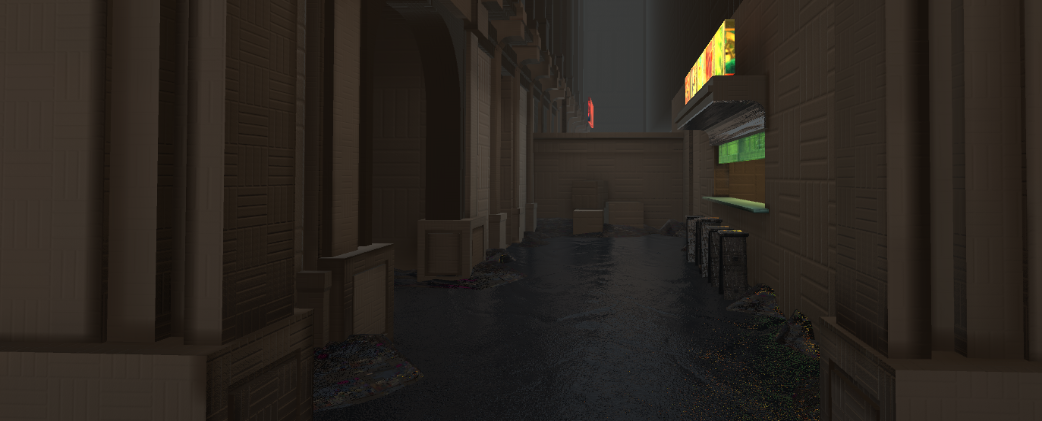
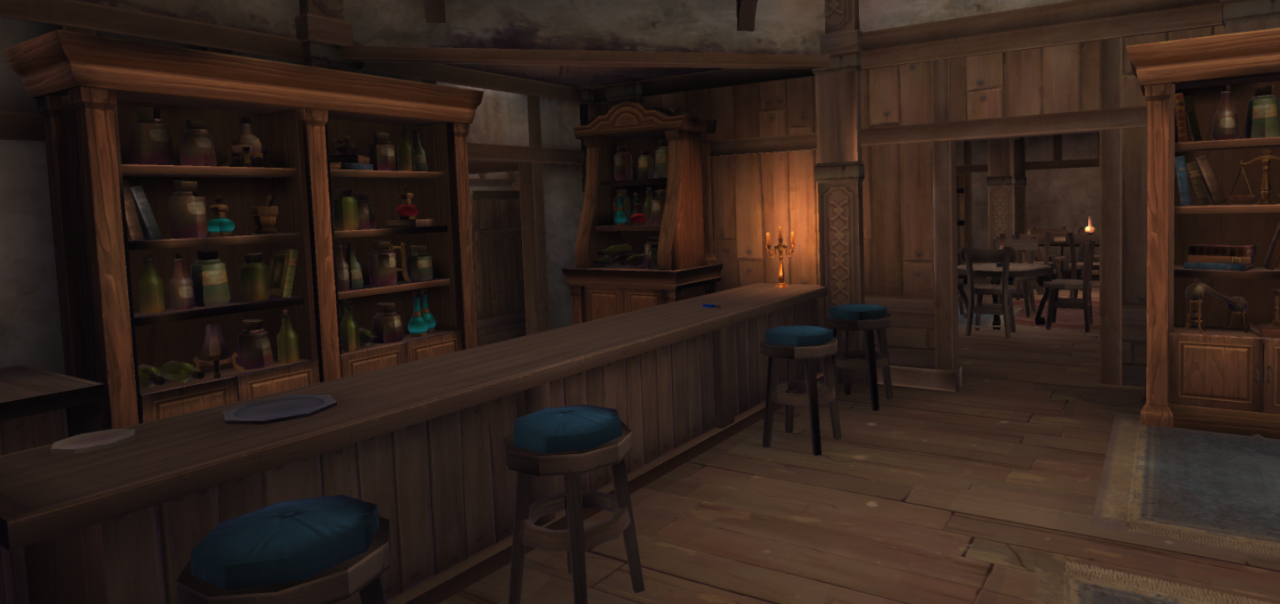
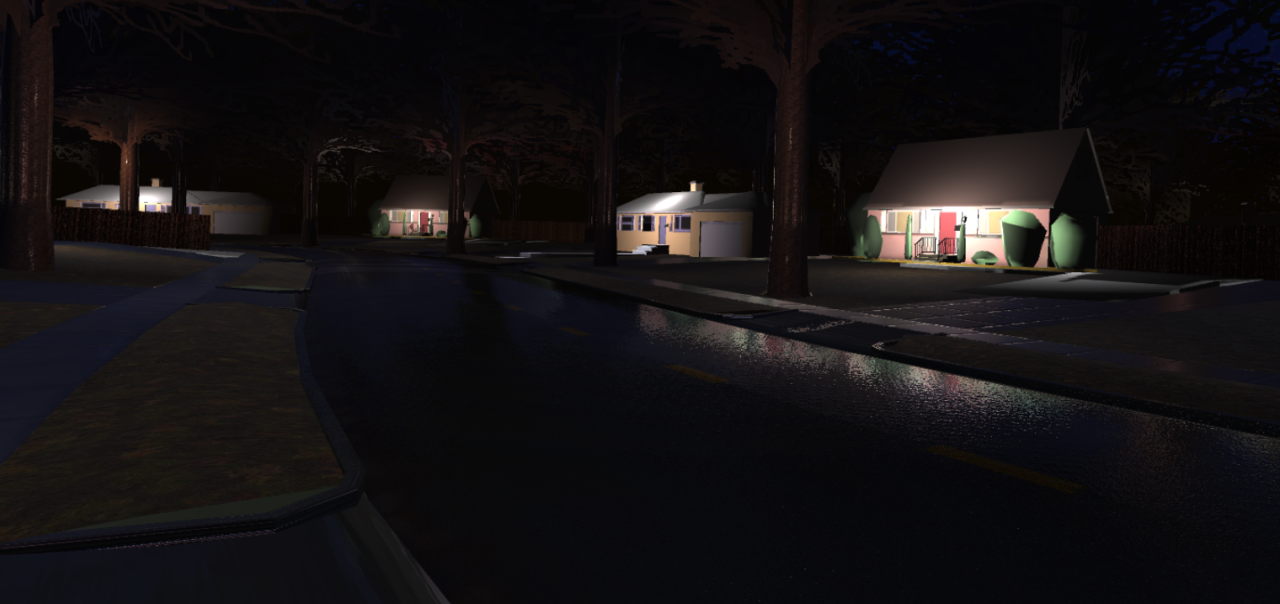
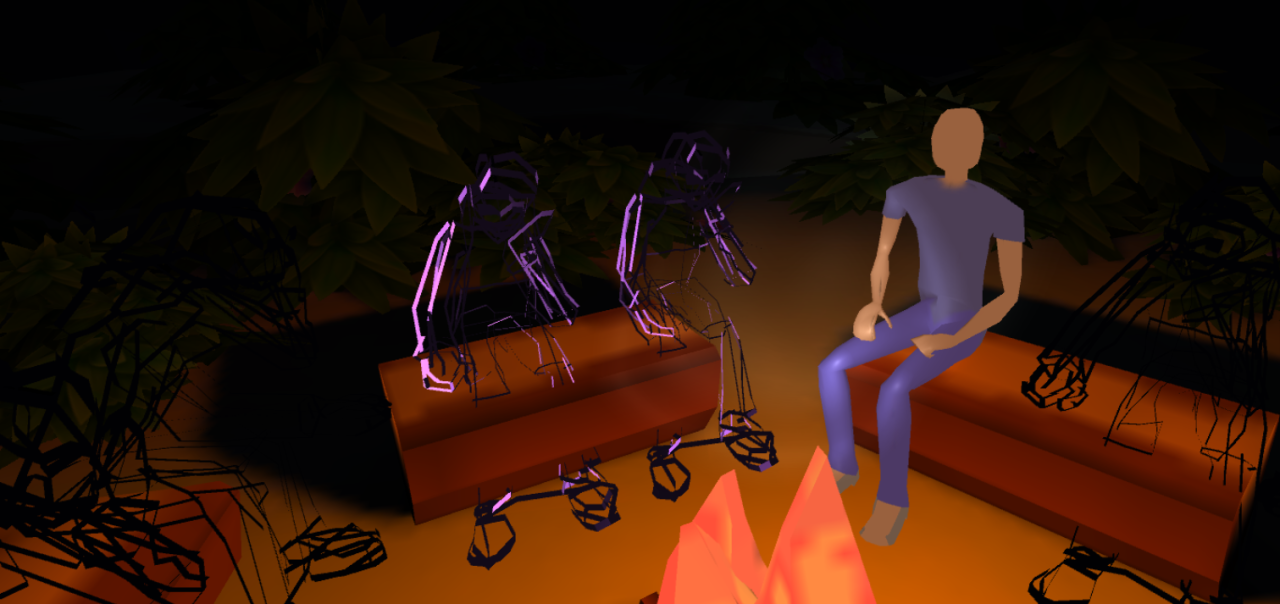
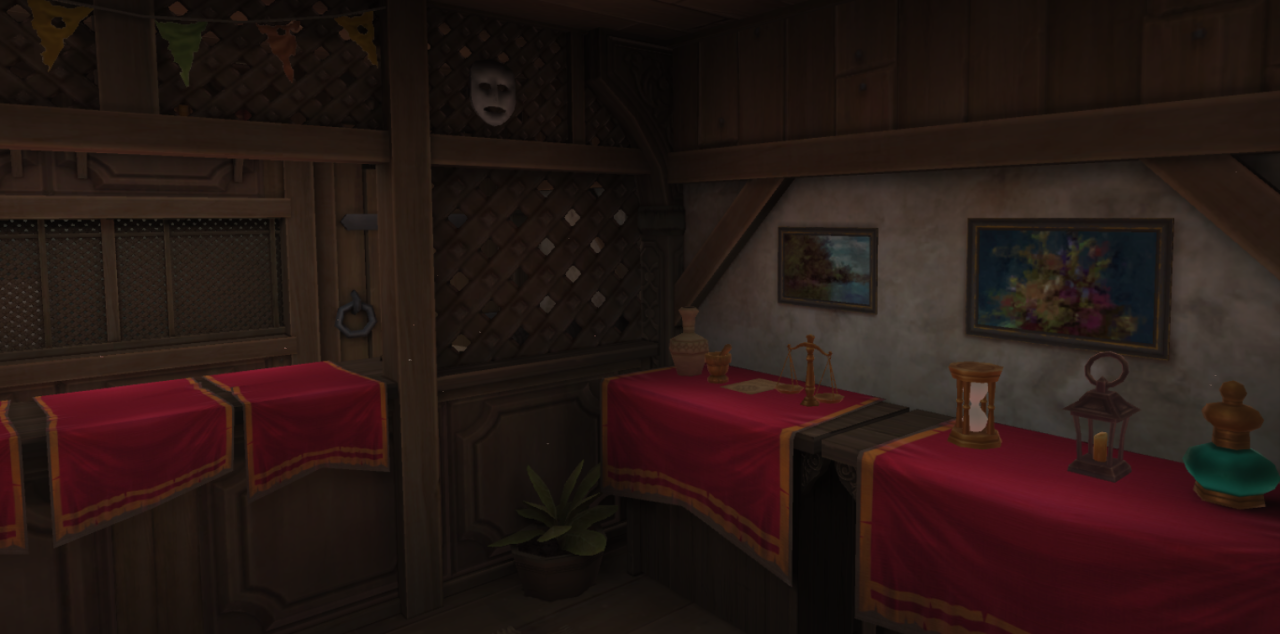


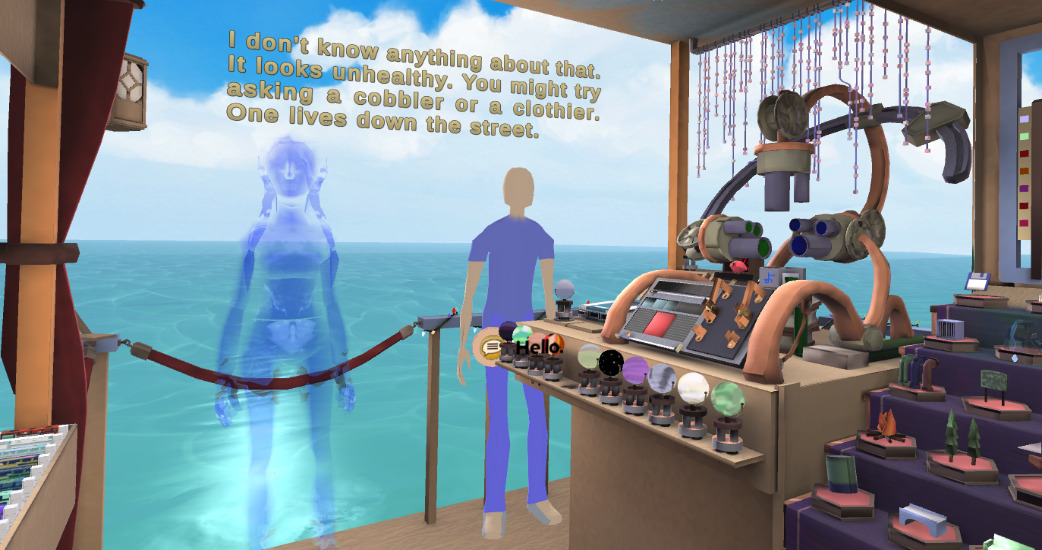
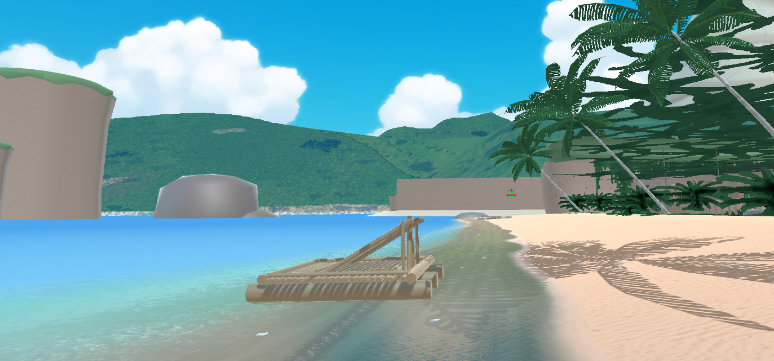
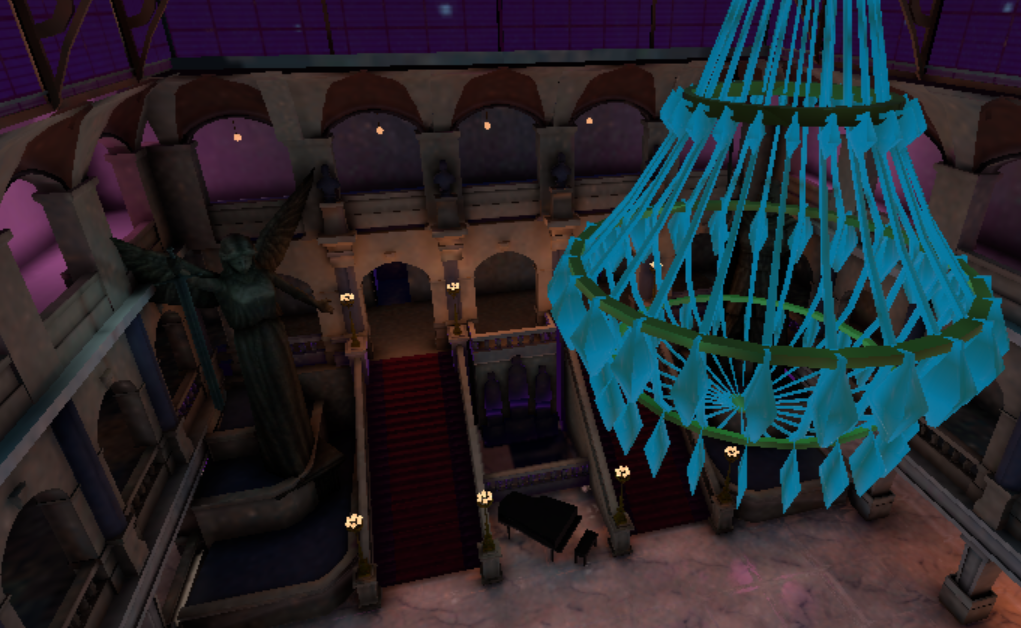
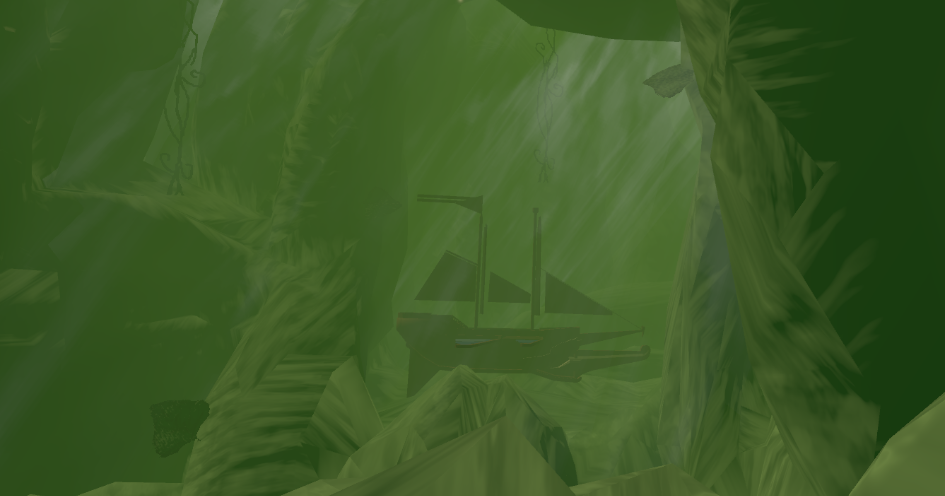
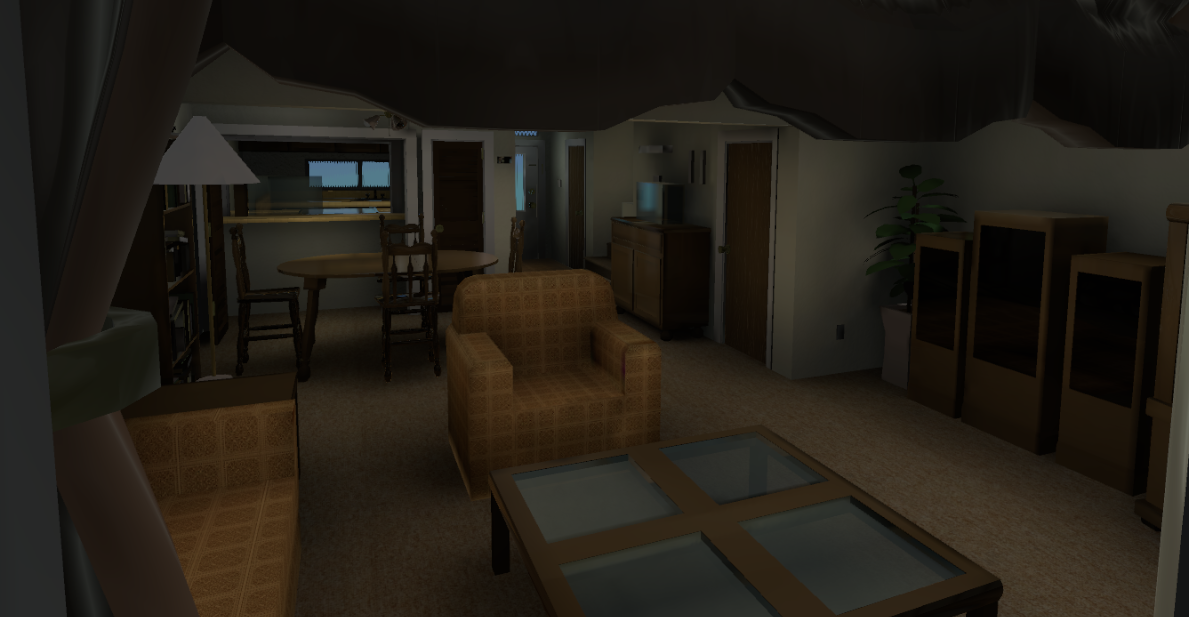

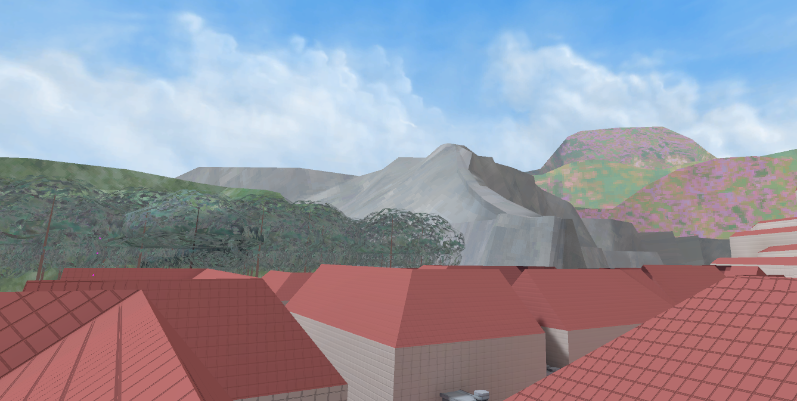
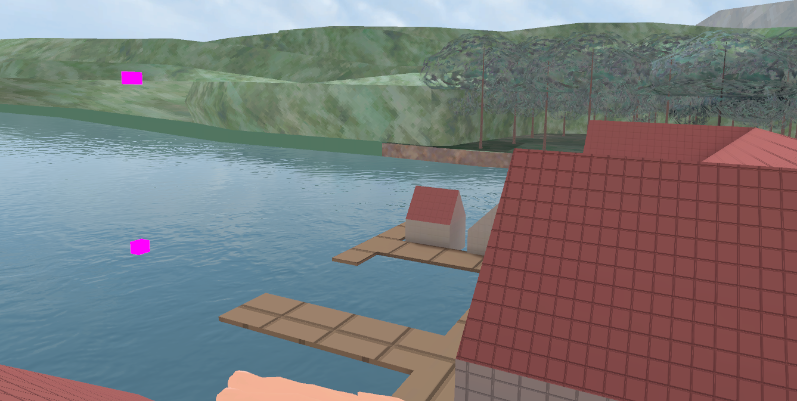
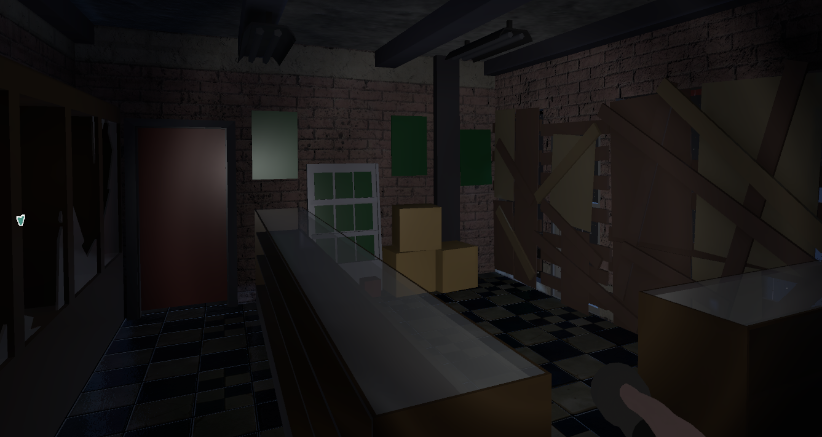
|
|